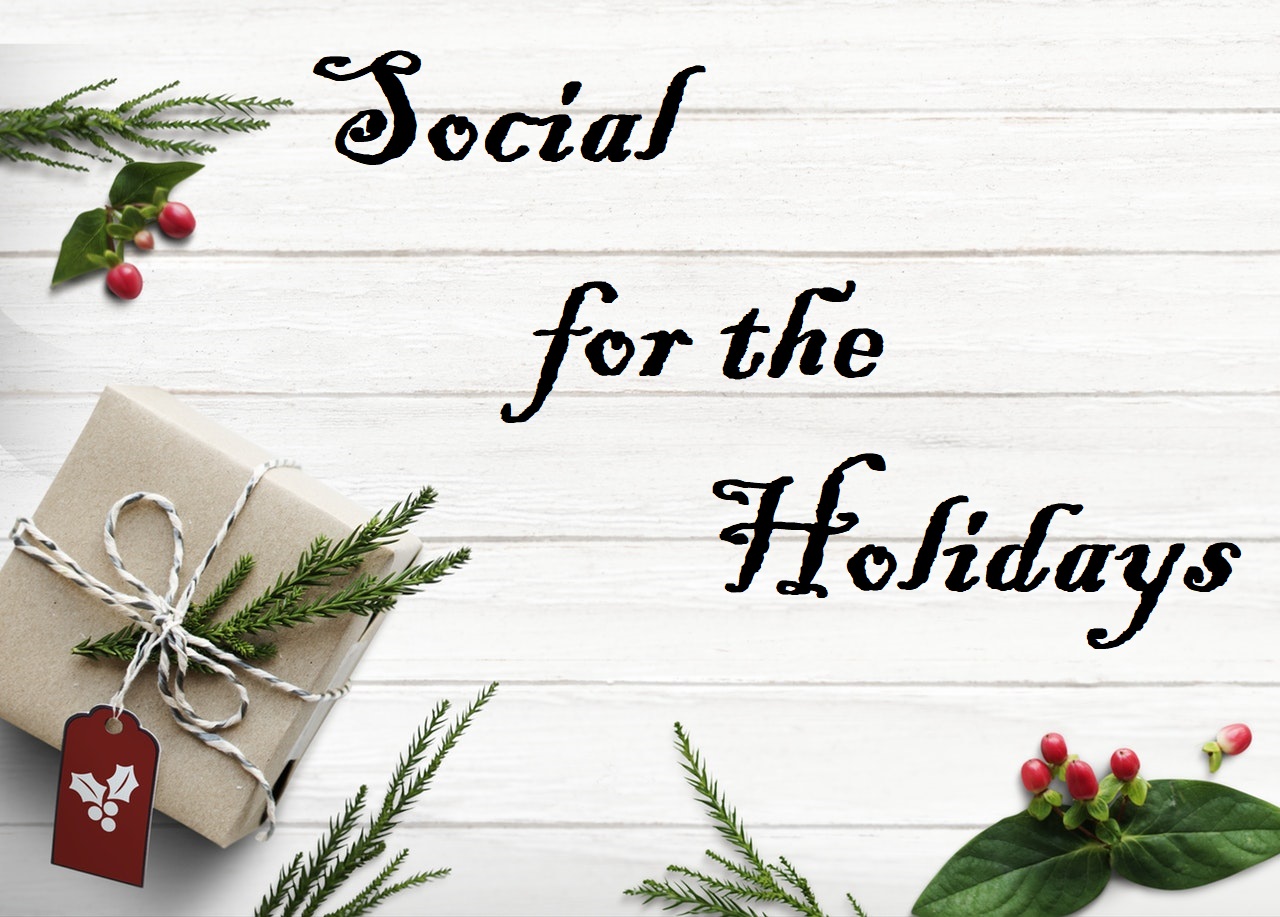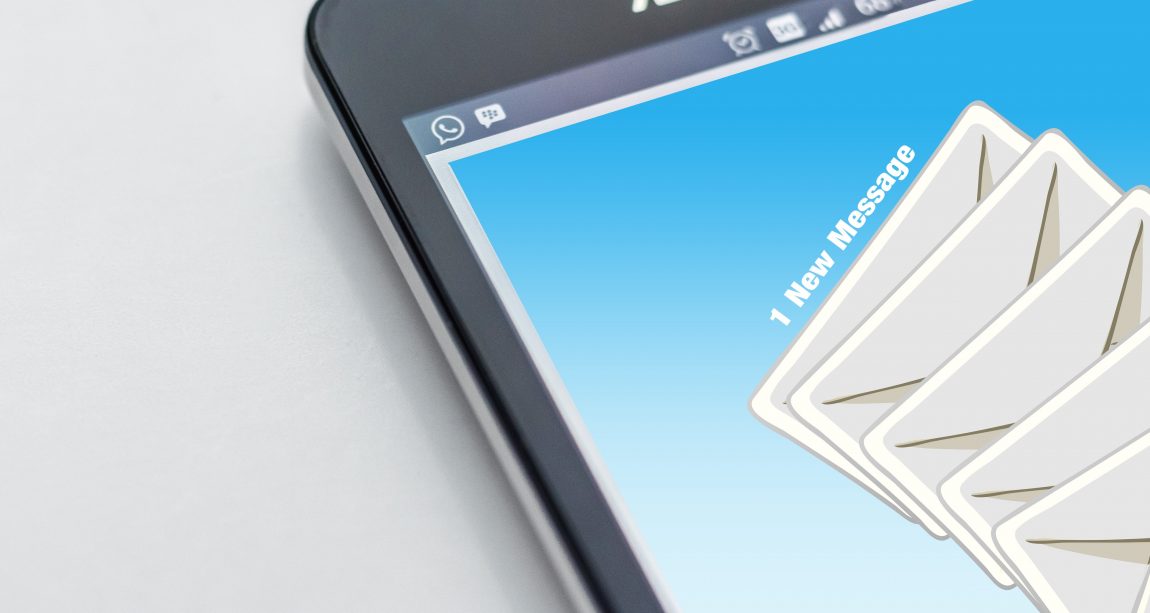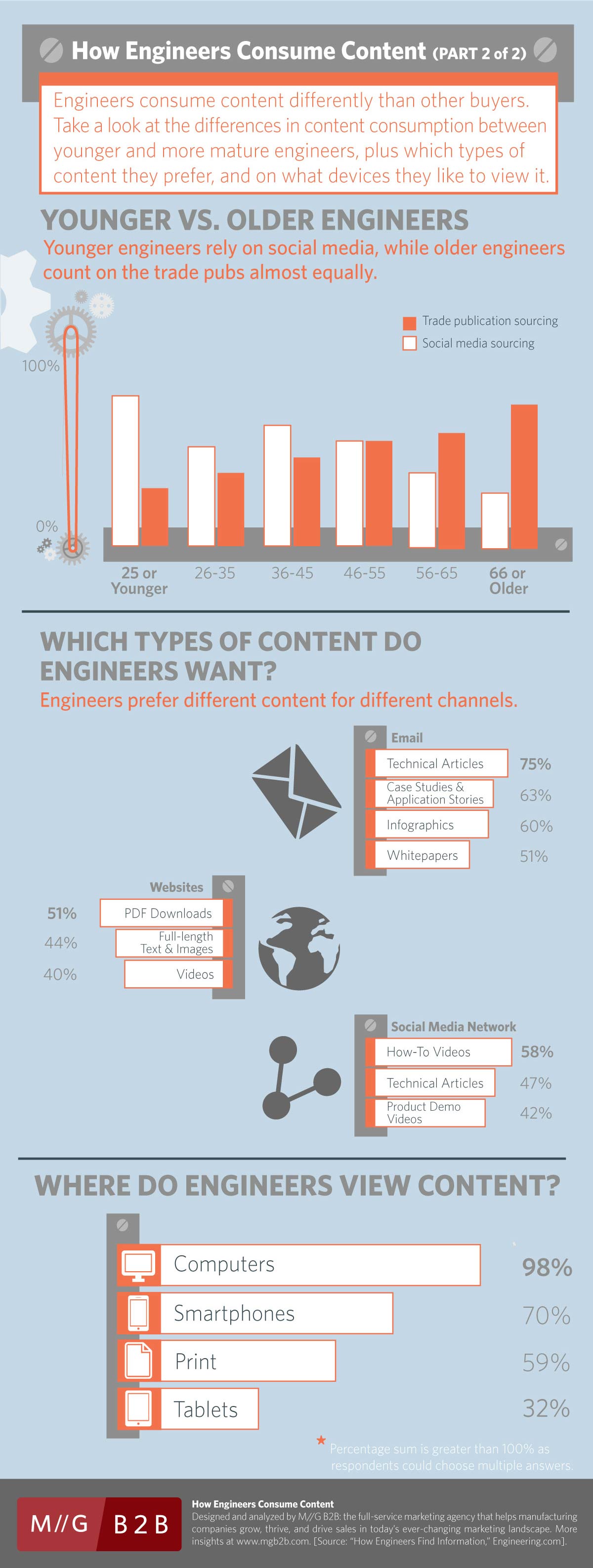by MGB2B
 Social media is a relatively new channel in the world of B2B marketing, and some are still reluctant to make the leap into this new digital landscape. That’s all well and fine, but for those who are in the trenches day in and day-out tweeting, updating, posting, and measuring metrics, it’s been a learning experience filled with lots of trial and error. Add in the holiday season, and you are faced with a dilemma: wanting to remain active on your channels during these months, while also knowing the return may not be as rewarding.
Social media is a relatively new channel in the world of B2B marketing, and some are still reluctant to make the leap into this new digital landscape. That’s all well and fine, but for those who are in the trenches day in and day-out tweeting, updating, posting, and measuring metrics, it’s been a learning experience filled with lots of trial and error. Add in the holiday season, and you are faced with a dilemma: wanting to remain active on your channels during these months, while also knowing the return may not be as rewarding.
Let’s dive deeper into this…
During the months of November-January, there is a noticeable slowdown in nearly every area of business: leads, sales, marketing, social media, you name it– it seems like it’s put on hold. Why is that? Thanksgiving, Christmas, Hanukkah, and Kwanza all happen within a few short weeks of each other, and chances are your target audience is celebrating at least one of them. And with these celebrations come vacations. With vacations, come breaks from work emails, calls, meetings, and anything else that would require professional attention. Unfortunately, social media is no stranger to these breaks, so engagements, interactions, clicks, replies, and all other social metrics take a hit.
Here’s what you can do:
1 ) Prepare. If you had stellar growth or engagement the other 10 months out of the year, it’s okay to have one or two months that are slow. There is still success to be found during these times! The months of November and December (unless you are a B2C business), will be a change in pace, but only because attention is shifted to cooking meals, traveling, and buying gifts. Instead of trying to stand above the noise with new product offerings, launches, or updates, get in on the action. Integrate these holidays into your social calendars. Be sure to recognize them with their own social posts, wishing your followers a Merry Christmas, Happy Hanukkah, or Happy Kwanzaa. It’ll add a personal touch that will go a long way with your follower base.
2 ) Switch up your short-term strategy. Instead of blasting your social feeds with product launches, spotlights, white paper download calls-to-action, or other important business-related information, try to post about fun things your office may be doing to celebrate. Having a holiday party? Post pictures! Exchanging gifts? Let your audience know! These types of posts will resonate with your audience, show a human side, and potentially create a stronger relationship between buyer and seller.
3) Set realistic goals. Unless you’re running multiple paid campaigns, seeing substantial follower growth, engagements, or impressions during the holiday months may be a struggle. Instead, focus on other goals like maintaining a presence during the season (don’t go dark on social), or getting your holiday-related posts out there via your employees. Encourage them to retweet or share your company posts. This will help things like impression count and engagements while keeping everyone around you involved.
4) Have fun! This might seem a little on-the-nose, but it’s important to remember that at the end of the day, you’re maintaining a social media account to help your business. Sometimes that means getting in the holiday spirit, being creative, and enjoying yourself.
Continue Reading
by MGB2B

As a B2B marketer, maintaining a positive relationship is vital to your sales funnel. One of the best ways to do that is through B2B email marketing. It’s one of the most productive lead generation tools, but there are many ways to overstep your boundaries. When it comes to content, accessibility, and frequency, here are five things to keep in mind as you construct your next email campaign.
1. Sending Too Frequently
Many things are better in moderation, and marketing emails are no exception. We know what you’re thinking: we just told you that staying in touch with your customers is important. But flooding their inbox can have the opposite effect. Your customers receive hundreds of emails like yours, and it’s your job to ensure your email doesn’t get lost in the clutter. By sending emails less frequently, your customers will be less likely to feel badgered and opt out of future communications.
2. Lack of or Excess Personalization
There’s lots of talk of personalization these days, and with good reason. Consumers want to feel attended to and known. In fact, 82 percent of marketers reported an increase in open rates through email personalization, while 75 percent believe that personalization yields higher click-through rates. But keep in mind, this is more than simply a “Dear So & So.” It’s about knowing what your customers want. Sending them emails with products that match their previous interactions with you is one way to do it. But if you send them emails for products that don’t match their interest, or worse, products they’ve already purchased, your emails will become more white noise in their inbox.
This has to be done with a deft hand, however. Too much personalization can be a turn off in a creepy, big brother sort of way. It’s all about balance, folks. Fine tune your efforts so personalization is gradual, purposeful, and accurate.
3. Mobile-Unfriendly Layout
Though people still use their desktops, more and more people stay on top of their email from their phones. It’s important to make sure your content is optimized for all devices. If your images don’t load or your text is wonky, you can expect a swift delete.
4. Poorly Written Content
Customers are savvy. An elementary voice, grammatical errors, or poorly written content suggest your company shouldn’t be taken seriously. Furthermore, body copy that’s too wordy will be a turn off because no one has the time to read a tome.
5. Bad Subject Line
The subject line is the first written content your customer sees, and will define whether they open or delete it. Short, to the point, with just enough hook to pique their curiosity is the way to go. Otherwise, your email content will never be seen.
Considering that today’s marketers need to do more with less, email marketing gives us a whole lot of bang for our buck. And while other marketing trends come and go, email marketing remains a workhorse. To use it to its fullest potential, make sure you keep yours in line with the tips above.
Continue Reading
by MGB2B
The final part in our infographic series about how engineers consume content is here! This time, we’re examining the difference in content consumption between younger engineers and those who have been operating within the industry for years. If you haven’t yet, but sure to check out Part 1 in our series: The Buyer Journey
When it comes to younger vs. older engineers, it’s easy to see the difference in where each generation prefers to get their information. Not surprisingly, younger generations rely heavily on social media outlets, while those with more years under their belts say that trade publications are their go-to source. But both these outlets are reliable sources – one isn’t better than the other. And while trade publications will always hold a significant portion of their target audience’s attention, as we all continue to move more into a digital landscape, social media is becoming increasingly important in the B2B world.
Next, we focus on the different types of content engineers prefer to engage with – and here, surprisingly, you’ll see they prefer to consume different content on different channels. Social media, videos, and other easily-digestible content reign supreme, while technical articles and case studies delivered via email saw the highest engagement rate.
Finally, in spite of the all-encompassing importance of smartphones, you’ll notice that computers hold the #1 spot with 98% of engineers turning to their desktops to get their news. Trailing closely behind are print media and tablets, proving once and for all that content can be consumed on multiple platforms, regardless of the subject.
Read the Full Infographic on How Younger vs. Older Engineers Consume Content Below:

Continue Reading


